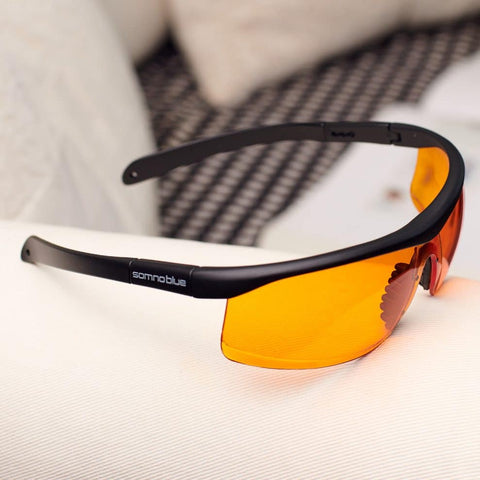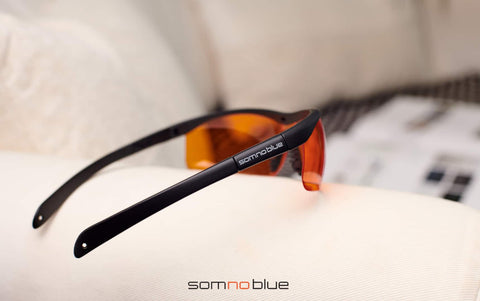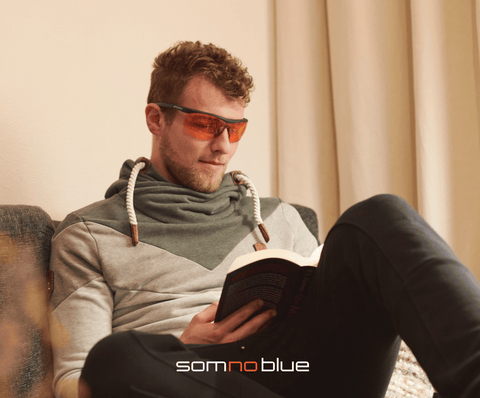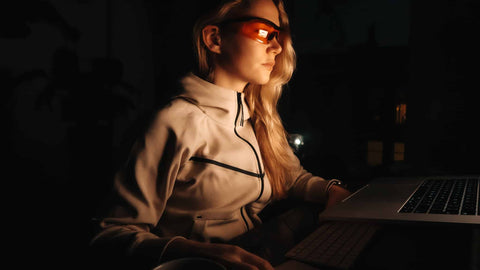



Varios
Blue Light Protection Glasses
Title
Regular price
€39,50
Blue Light Protection with Somnoblue Glasses
- Provides blue light protection for the eyes. This light is emitted by a multitude of artificial light sources such as televisions, computers, low-consumption lamps, LEDs, video game consoles, smartphones...
- It is an ideal solution for both home and office use.
- They improve visual sharpness and contrast.
- By using these glasses, the negative effect of artificial lighting sources will be reduced and the quality of sleep can be improved. It allows your body to naturally produce the "nighttime hormone" melatonin.
- Virtually complete filtering of the entire field of vision. The anatomical shape of the glasses prevents the eyes from being exposed to blue light.
- Caution: Do not use the glasses during physical work or in traffic.
- As a general rule, the more orange the lenses are, the more blue light filtering capacity they tend to show, but the colors are also altered to a greater extent.
Technical characteristics
- Robust frame with high resistance to breakage.
- Filtering spectrum: 420-530 Nm
- Filtering capacity: 98% (see photo above for filtering graph)
- Includes fabric cover.
- Nose bridge: 2cm
- Temple length: 13 cm
- Lens width: 6.5cm
- Lens height: 4cm
- Front width: 15cm
Other data
- Approximate weight: 100 g.
Additional Information
Many electrosensitive people have told us that they cannot tolerate seeing monitors, televisions, LED lights or low-consumption lamps. This may be due to three reasons:
- These electronic components alter our endocrine system, specifically the production of melatonin, altering our internal clock and sleep rhythm, in addition to possible alterations at the immune level.
- Radiant sources of blue light affect the eye, specifically the macula, and can lead to ocular alterations and/or pathologies. In both cases we have found a good solution through these glasses.
- The indicated electronic components generate a flickering lighting that in most cases we do not see with the naked eye, but at a neurological level as an effect of irritation through the optic nerve. In these cases we recommend taking a measurement with a light flicker meter or detector .
Sold Out
Share
